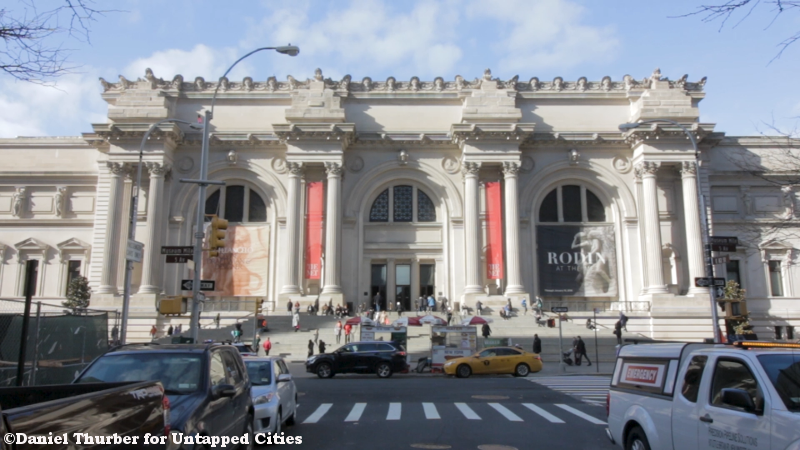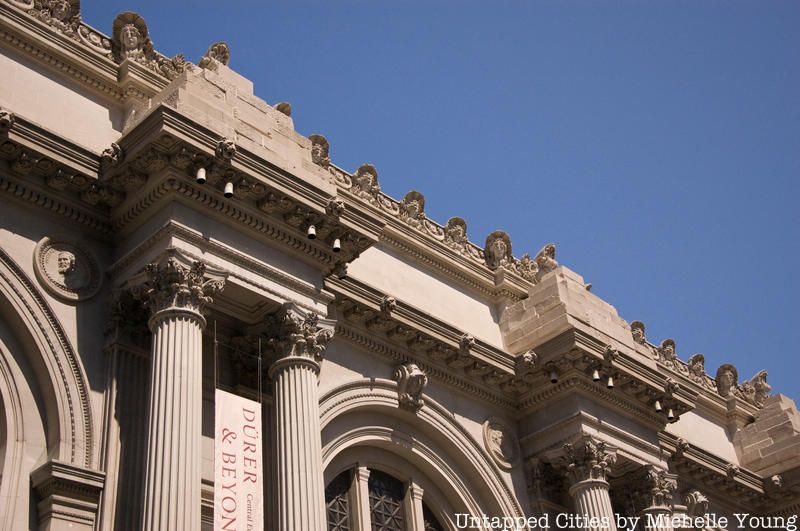✨You Can Touch the Times Square New Year's Eve Ball!
Find out how you can take home a piece of the old New Year's Eve ball!


Renowned architect Richard Morris Hunt designed the Fifth Avenue façade of the Metropolitan Museum of Art in 1894 as the first part of a new master plan for the Museum’s expansion. Gone would be the neo-gothic brick structures that had come before. In Hunt’s plan they would be surrounded by elegant and elaborate stone wings that would evoke not only the height of the Beaux-Arts movement but the pride that New York City had in its art museum.
Hunt’s façade is now one of the most photographed scenes in the city, but out of the thousands of people who take its picture every day almost no one notices the building’s most curious design feature: the four piles of uncut, unpolished, and unfinished stone blocks atop the museum’s entrance. Come along with us on the next ‘A City Full of History’ as we answer the question “Why is New York’s premiere art museum covered in rough stone blocks?!”

The history of the Met’s architecture is marked by one overarching theme: outgrowing the museum’s current facilities. In 1894 the Museum had already built two expansion wings onto its original space and had run out of room again. Seeking to redesign their master plan and expand their space, they turned to architect Richard Morris Hunt, who was also a trustee of the Museum. Hunt’s career was at an all-time high for his recent design of the Administration Building at the World’s Columbian Exhibition in Chicago the previous year.
For the Met he envisioned a massive Beaux-Arts structure occupying all the Museum’s allotted space in Central Park. The building would be covered with relief carvings and elaborate works of sculpture representing the great periods of art history. Anchoring this new master plan was the first section to be built: the Great Hall. Today a visitor to the Met can see relief carvings on the Great Hall’s exterior depicting six of the greatest artists in history (Bramante, Michelangelo, Raphael, Rembrandt, Velazquez, and Durer), as well as four caryatids representing four branches of art (painting, sculpture, architecture, and music).

Curiously, despite all these elaborate embellishments, the building’s façade is crowned with four large piles of rough, uncut, stone blocks. With all the detail put into into the design of the Great Hall, where did these blocks come from? And why are they still there? Find out in the video below!
Next, check out the Top 10 Secrets of the Metropolitan Museum of Art.
Subscribe to our newsletter